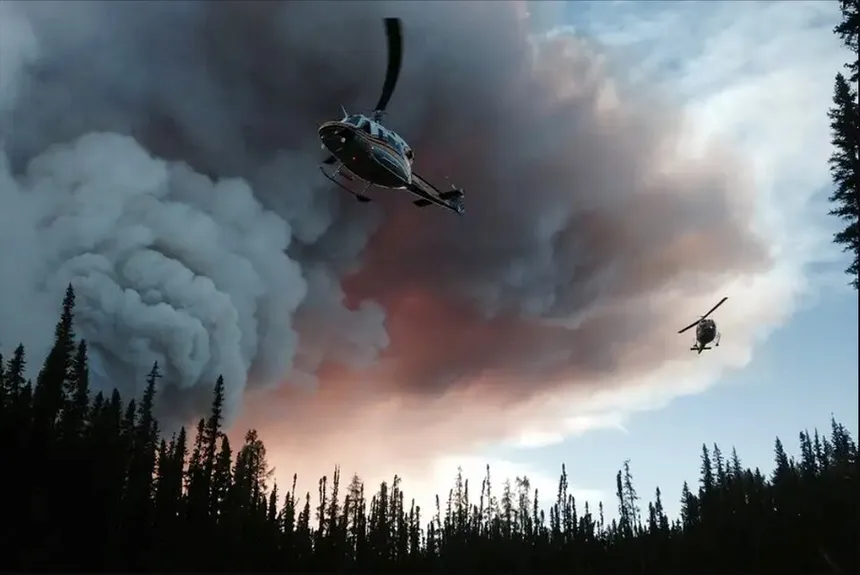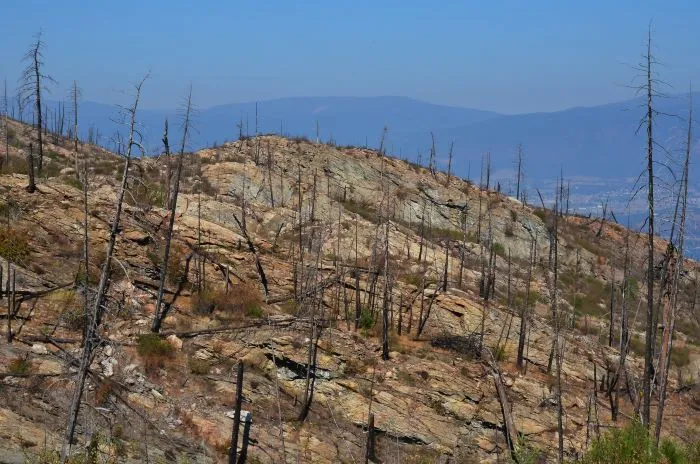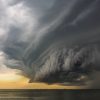The federal government has issued a stark warning that Canada is on the brink of another catastrophic wildfire season, with temperatures set to soar in the spring and summer months. The forecast, linked to a strong El Niño weather pattern, predicts a severe and prolonged heatwave, exacerbated by the country’s growing climate crisis. Last year’s wildfire season was the worst on record, with over 6,600 blazes burning an astonishing 15 million hectares of land, forcing the evacuation of 230,000 people and claiming the lives of eight firefighters.
Canadian authorities have underscored the dire situation, citing the alarming temperature trends and widespread drought that has plagued the country this winter. “The temperature trends are very concerning,” said Harjit Sajjan, the minister for emergency preparedness. “With the heat and dryness across the country, we can expect that the wildfire season will start sooner and end later and potentially be more explosive.”
The government is taking concrete steps to address the crisis, committing to $256 million over five years to fund new equipment and training for an additional 1,000 community-based wildfire firefighters. Ottawa has also pledged to mobilize thousands of international firefighters, as well as 2,135 armed forces personnel, to help combat the blazes.

The science is clear, say government officials: climate change is the primary culprit behind the increasing frequency and intensity of wildfires in Canada. “Wildfires have always occurred across Canada,” said Jonathan Wilkinson, the minister for energy and natural resources. “What’s new is their frequency and their intensity. The root cause of this is climate change.”
The economic toll of wildfires is already significant. Insured damages from severe weather events, including wildfires, reached $3.1 billion in 2023, underscored by the government’s analysis. In a separate warning, the British Columbia government revealed that the province’s snowpack is at its lowest level since 1970, with only 63% of normal levels, compared to 88% at the same time last year.
According to Jonathan Boyd, a hydrologist at the River Forecast Centre, the connection between drought and wildfires is clear. “Typically drought and wildfire go hand in hand,” he said. “It’s not setting up to be a great season, but it still depends on what the weather conditions are this spring.”
As Canada prepares for another potentially devastating wildfire season, the federal government’s warnings echo a clear message: the time to act is now, as the consequences of climate change continue to escalate.

